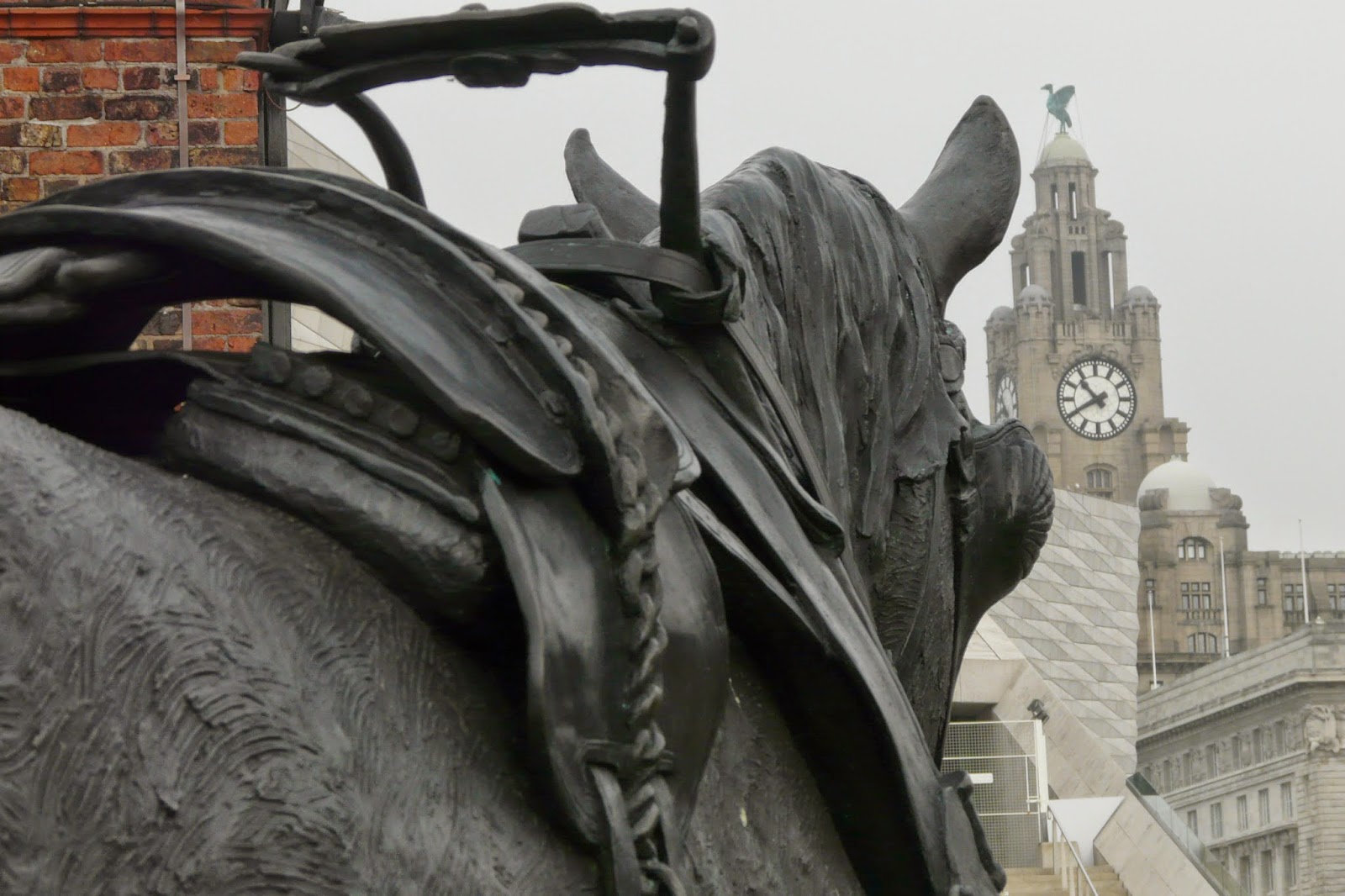Many Victorian visitors to Preston were struck by the poverty of the cotton workers.
Religious ministers from Reverends to Mormon missionaries were understandably appalled at the living conditions they encountered. On their first day in Britain in Liverpool (1837) Heber C. Kimball recorded,
"...wealth and luxury abound, side by side with penury and want. I there met the rich attired in the most costly dresses, and the next minute was saluted with the cries of the poor with scarce covering sufficient to screen them ...
Upon arriving in Preston he witnessed some even more dramatic scenes:
"Such sufferings I never witnessed before. The scenes which I daily beheld were enough to chill the blood in my veins. The streets were crowded with men, women and children who begged from the passengers as they walked along. Numbers of the poor, wretched beings were without shoes or stockings, and scarcely any covering to screen them from the inclemency of the weather; and daily I could discover delicate females walking the streets gathering up the animal refuse, and carrying it to places where they could sell it for a penny or half-penny. And thus they lived through the winter." (Whitney, p. 189)
In a letter to his wife, Orson Hyde observed:
They are extremely poor, most of them not having a change of clothes decent to be baptized in, but they have open hearts and strong faith. We have taught them nothing about the gathering for they have no means to bring them to America, let alone procuring a place…. The brethren will frequently divide the last loaf with us, and will do all in their power for us… They are very kind to us where we are, but their circumstances will not allow them to do much for us without pay. I have frequently seen the tender and delicate females with their old pails or baskets in the streets gathering up fresh horse dung with their naked hands, and then go and sell it and get a penny or two’s worth of bread for themselves and hungary [sic] children… (Barron p. 97)
In January 1840 Wilford Woodruff arrived in Preston and observed:
The streets were crowded with the poor both male and female going to and from the factories with their wooden clog shoes on, which make a great rattling over the pavement. The poor are in as great bondage as the children of Israel in Egypt. (Woodruff, p.405)
So...
the above quotes are the voices of Mormon missionaries. What about the other voices? What were local observations of these same scenes? I'm just going to share one quote with you today for you to compare.
The following comes from the pen of Rev. J. Johns of Liverpool as recorded in Joseph Livesey's paper the Moral Reformer printed in Preston on Jan. 27, 1838:
"Within these few months, I have seen, what, had I not seen it, I could not have imagined. ...Few could have seen the scenes which have passed under my eyes (especially during the month of the late trying winter) without feeling that the times has indeed arrived, when man should go forth to the relief of his brother.
Mothers, newly become such without a garment on their persons, and with infants nearly as naked, lying upon straws or shavings, under a miserable covering, without fire or food, or the means of precuring them; children taken from their schools, in order to earn by begging...
...mothers of families only able to provide necessities for their children by pawning their little all, or by incurring debts whereever they could be trusted.
...infirm and aged people, who were shivering out the last hours of life in absolute want of everything that could sustain or endear it.
Sobering stuff!!
More quotes and details can be found in the FREE app tour of
Preston Flag Market and, for an in-app purchase, the tour of
LDS Preston. Both tours can be found via
www.obelisktours.co.uk
Sources
Barron, Howard H. Orson Hyde: Missionary. Apostle. Colonizer. Horizon Publishers, Bountiful, Utah (1978)
Livesey, Joseph. The Moral Reformer. Preston Jan. 27, 1838 p. 26
Whitney, Orson. Life of Heber C. Kimball. Bookcraft, Salt Lake, Utah (1888)
Woodruff, Wilford, Wilford Woodruff Journals, edited by Scott G. Kenney. Midvale, Utah, Signature Books, 1983.






.jpg)
.jpg)





























